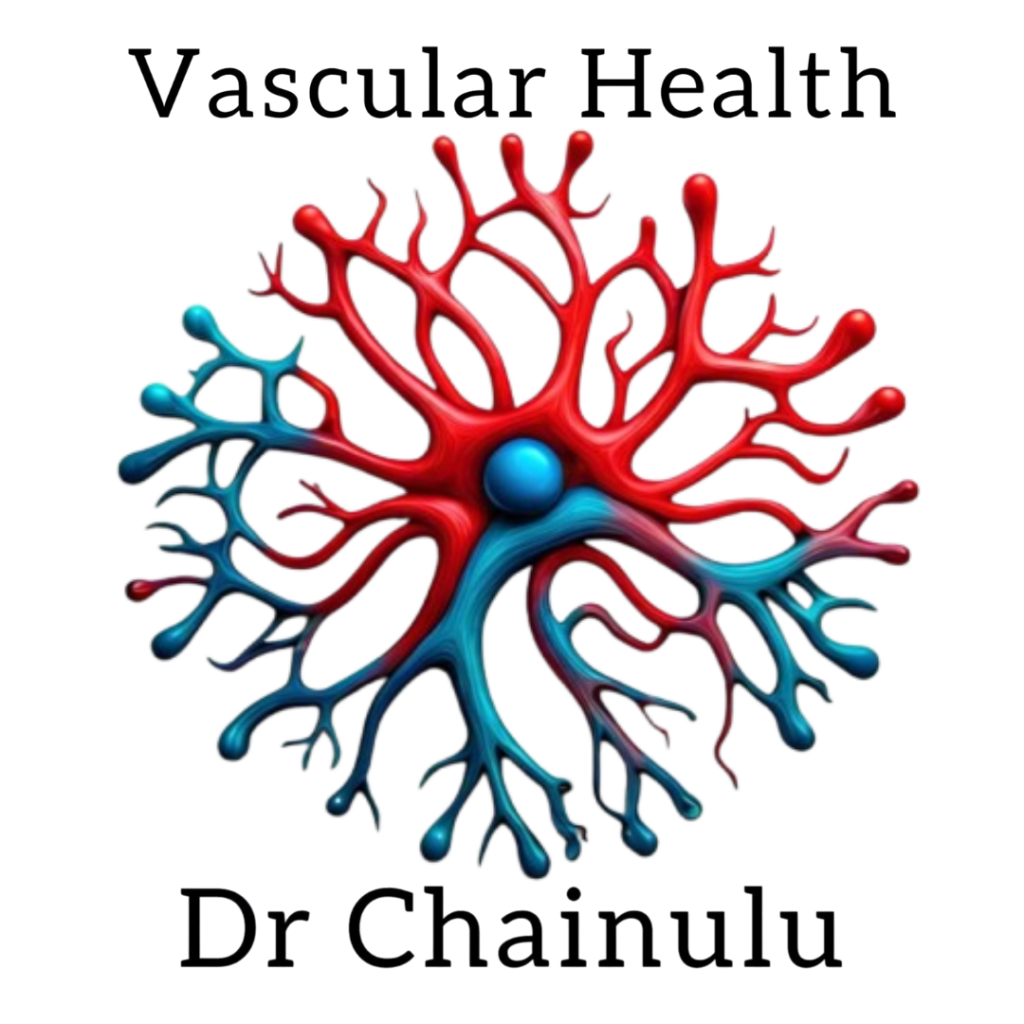Spider Veins
What Are Spider Veins?
Spider veins, also known as telangiectasias, are small, dilated blood vessels that appear close to the surface of the skin, often resembling a web or tree branch. These veins are typically red, blue, or purple in color and can appear on the legs, face, or other parts of the body. While spider veins are generally harmless and don’t pose a serious health risk, they can be a source of cosmetic concern for many individuals.
Spider veins are most common in women and can develop due to various factors, including genetics, hormonal changes, pregnancy, and prolonged standing or sitting. Although spider veins are not usually painful, they can sometimes cause symptoms like itching, burning, or a feeling of heaviness in the legs.
Causes of Spider Veins
Spider veins can develop for several reasons, and the underlying cause often involves weakened or damaged valves in the veins that result in blood flow issues. Some common causes include:
- Genetics: A family history of spider veins can increase your risk.
- Hormonal Changes: Pregnancy, menopause, or the use of birth control pills can alter hormone levels and affect vein health.
- Prolonged Sitting or Standing: Jobs or lifestyles that involve long hours of sitting or standing can lead to poor circulation and contribute to the formation of spider veins.
- Age: As you age, the veins lose their elasticity, and the valves may weaken, leading to the development of spider veins.
- Obesity: Excess weight can place additional pressure on the veins, causing them to become enlarged and visible.
Symptoms of Spider Veins
While spider veins are generally not a cause for concern, some individuals may experience mild discomfort or symptoms associated with the condition. These can include:
- Aching or heaviness in the affected area
- Itching or burning sensation around the veins
- Swelling in the legs, especially after prolonged periods of standing or sitting
- Cosmetic concerns due to the appearance of veins
It’s important to note that while spider veins are usually harmless, they can sometimes indicate a more serious underlying condition, such as chronic venous insufficiency. If you experience pain, swelling, or other symptoms along with spider veins, it’s essential to consult a healthcare professional for evaluation.
Treatment Options for Spider Veins
At Dr. Chainulu’s clinic, we offer effective, minimally invasive treatments to address spider veins and improve both the appearance and health of your legs. Our approach focuses on individualized care tailored to your specific condition and needs.
1. Sclerotherapy
Sclerotherapy is one of the most commonly used treatments for spider veins. During this procedure, a special solution is injected directly into the affected veins, causing them to collapse and fade over time. The procedure is quick, relatively painless, and typically performed in an outpatient setting.
Sclerotherapy is an effective treatment for spider veins, offering minimal recovery time and long-lasting results. After the procedure, patients can resume their normal activities with little to no downtime.
2. Laser Therapy
Laser therapy is a non-invasive treatment that uses focused light energy to target and destroy the veins. The heat from the laser causes the veins to coagulate and disappear. Laser treatment is an excellent option for smaller, more superficial spider veins and can be performed on various parts of the body, including the face.
Laser therapy is a preferred option for patients seeking a non-invasive solution with minimal discomfort. It’s especially effective for spider veins that are difficult to treat with sclerotherapy.
3. Endovenous Laser Therapy (EVLT)
For larger, more extensive spider veins, Endovenous Laser Therapy (EVLT) may be recommended. This minimally invasive procedure uses a laser fiber inserted into the vein to treat the vein from the inside. EVLT is primarily used to treat varicose veins but can also be effective for more prominent spider veins. The procedure is done under local anesthesia and has a quick recovery time.
EVLT helps treat the root cause of spider veins by improving blood flow and preventing new veins from forming, thus offering both cosmetic and functional benefits.
4. Compression Stockings
While compression stockings do not treat spider veins directly, they can help reduce the discomfort and swelling associated with them. Wearing compression stockings can improve circulation, reduce the feeling of heaviness, and prevent the veins from worsening.
Dr. Chainulu may recommend compression stockings as a complementary treatment to other procedures, especially for patients who experience pain or swelling along with spider veins.
Why Choose Dr. Chainulu for Your Spider Vein Treatment?
Dr. Chainulu is an experienced Vascular and Endovascular Surgeon with specialized knowledge in the diagnosis and treatment of vascular conditions, including spider veins. He provides comprehensive, minimally invasive treatment options tailored to each patient’s unique needs.
By choosing Dr. Chainulu’s clinic, you can expect:
- Personalized care: Dr. Chainulu takes the time to understand your concerns and create a treatment plan that best suits your condition.
- Advanced treatment options: We offer the latest, minimally invasive techniques for effective and lasting results.
- Compassionate approach: We ensure that you feel comfortable and well-informed throughout your treatment journey.
Schedule a Consultation with Dr. Chainulu
If you are bothered by the appearance of spider veins or experiencing discomfort due to them, Dr. Chainulu can help you explore your treatment options. Contact our clinic today to schedule a consultation and learn how we can help you achieve smoother, healthier-looking skin.

Our Services
- Varicose Veins
- Deep Vein Thrombosis
- Vascular Malformation
- Aortic Aneurysms
- Mesenteric Vasculature
- Acute Limb Ischemia
- Peripheral Arterial Disease
- Stroke Prevention
- Angiography
- Vascular Access for Chemotherapy
- Spider Veins
- Glue Therapy
- Sclerotherapy
- AV Fistula
- Uterine Fibroid Embolisation
- Varicocele Embolisation
- Thyroid Ablation
- TACE
- Prostatic Artery Embolisation
- Varicocele Embolisation
